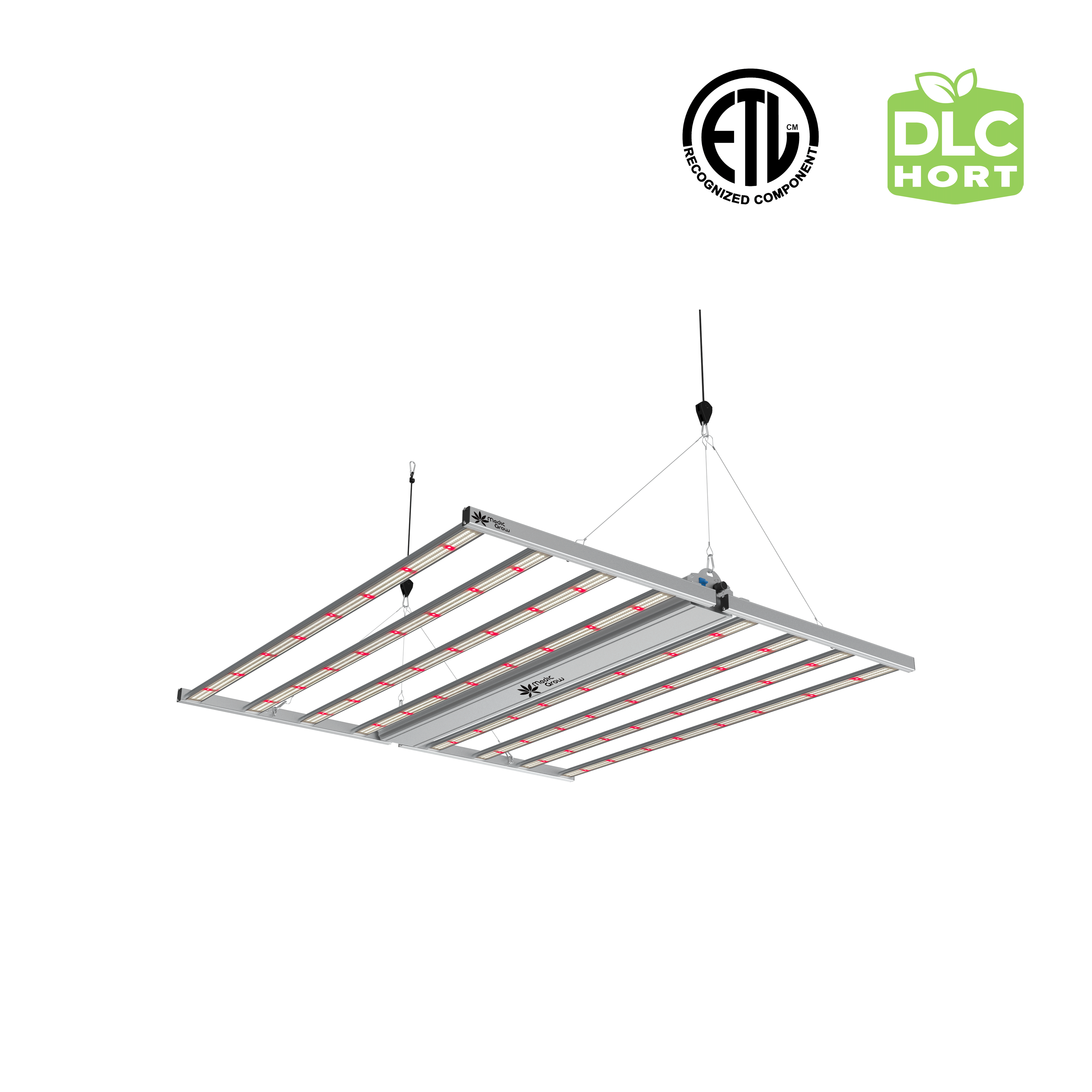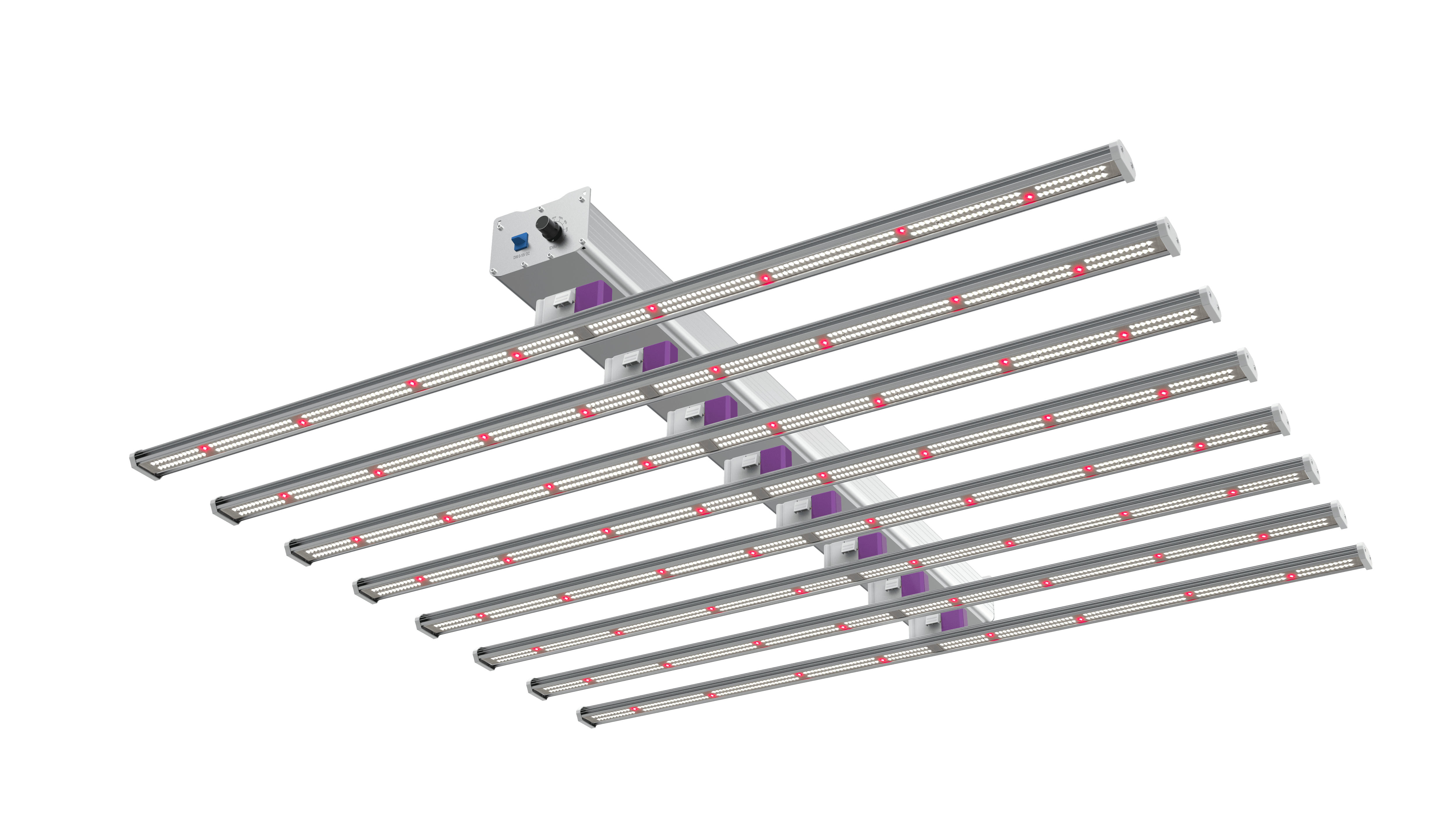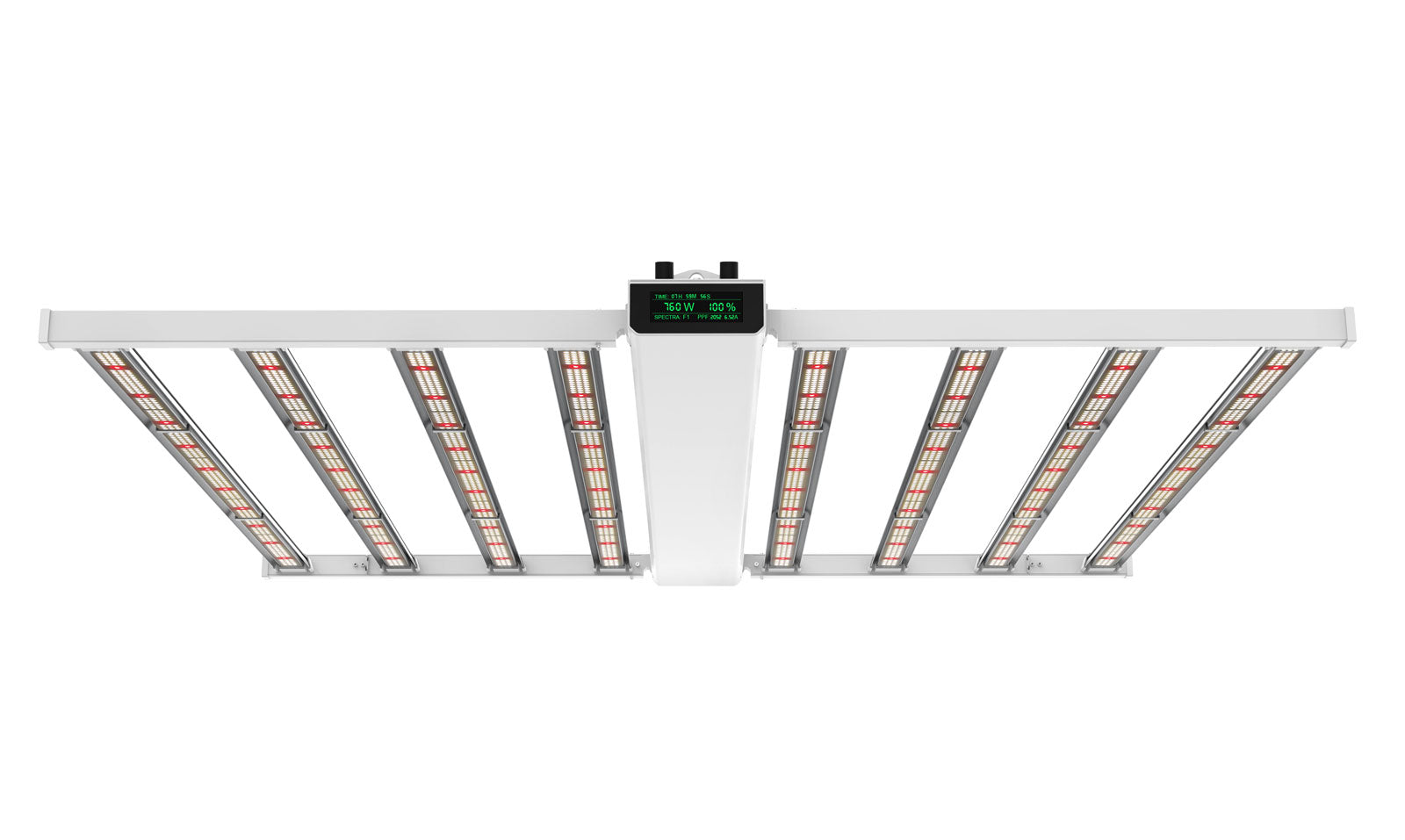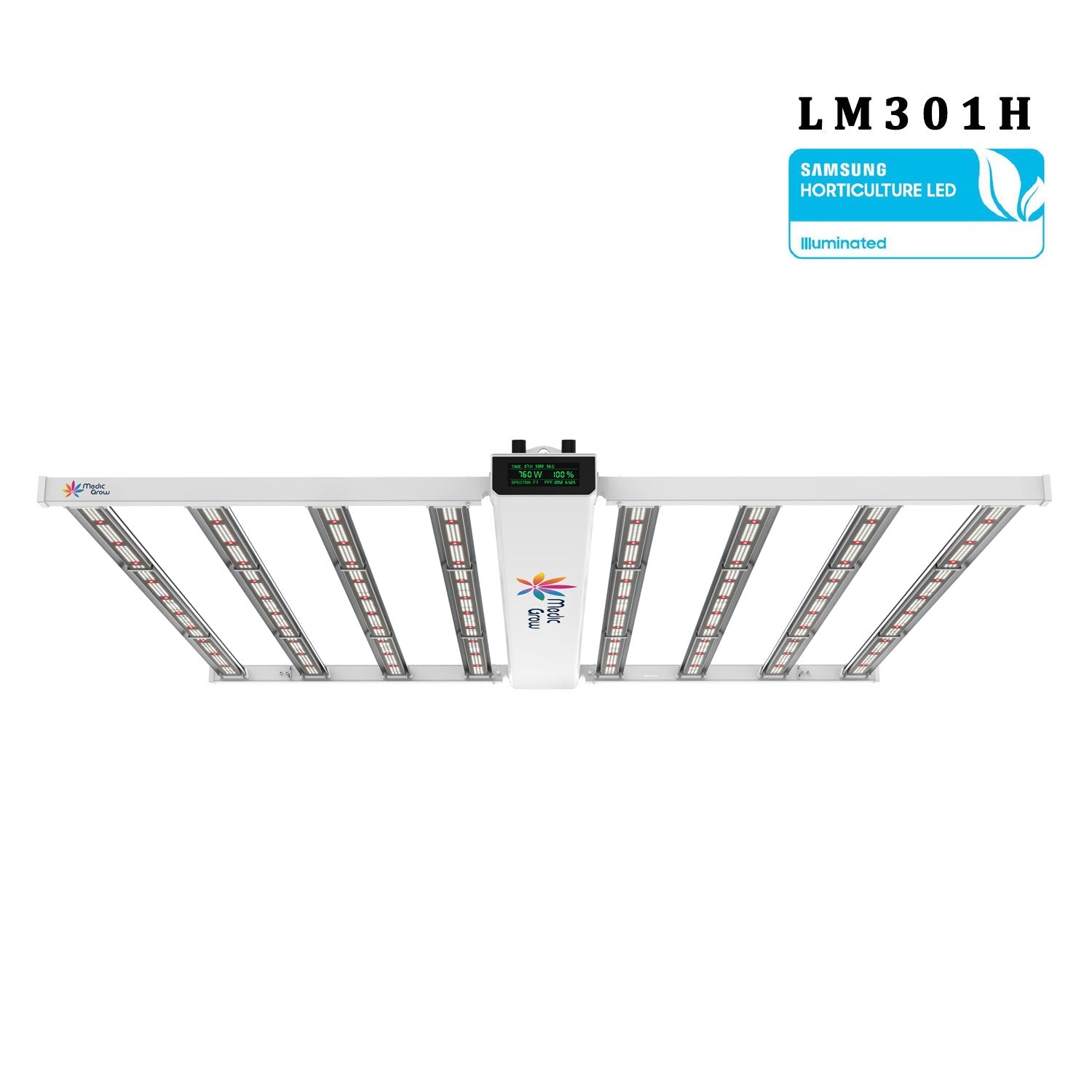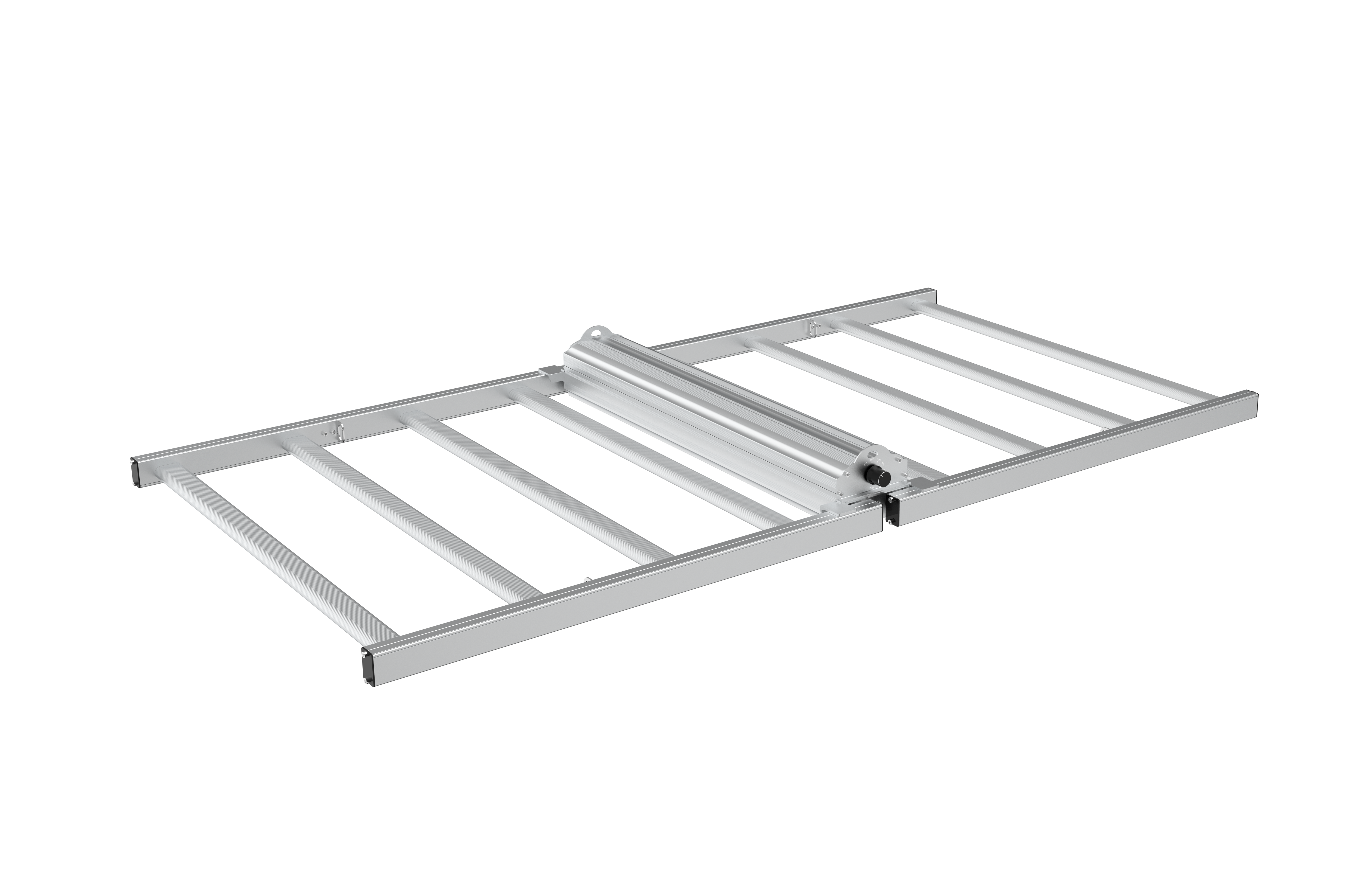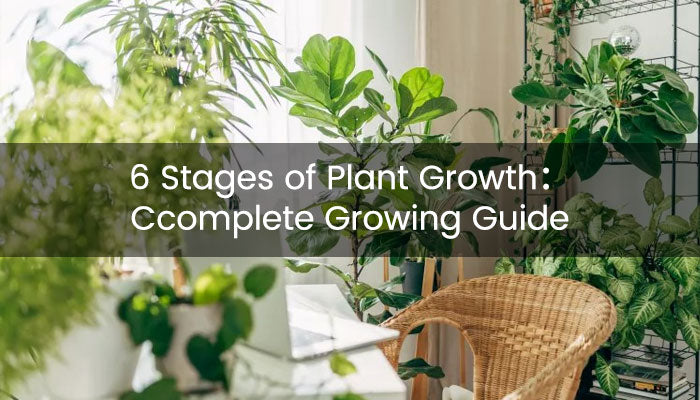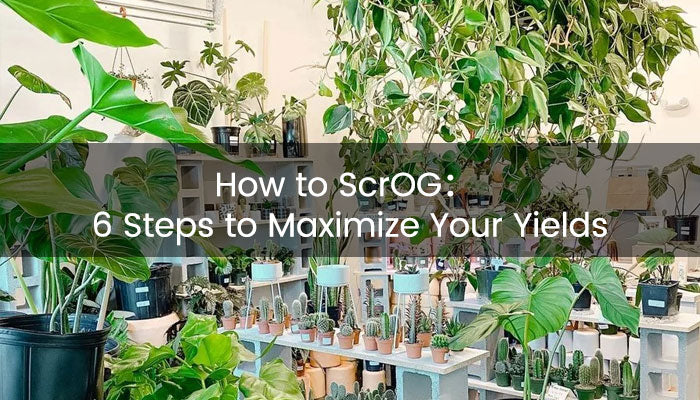
Male Plant: How to Identify and Use Them?
Green herb is a unisexual plant divided into males and females. Male green herb plants are primarily responsible for pollen production with their pollen sacs; females produce rich flower. Male green herb plants may be less popular than female plants for consumption or medical usage, but they also play an important role in the green herb growth cycle.
So before you decide to throw away your male green herb plant, take a look with us at the specific differences, effects and early signs between male and female green herb plants. We hope that after reading this article, you'll have a change of heart about the value of a male green herb plant and know how to identify it.
Main Content:
- 1. When Does a Male Green Herb Plant Show Gender
- 2. Male vs Female Green Herb Plants
- 3. How to Identify Male and Female Green Herb Plants
- 4. What Are the Male Green Herb Plants Used For
- 5. Benefits of Male Green Herb Plants
- 6. Conclusion
- 7. FAQs about Male Green Herb Plant
When Does a Male Green Herb Plant Show Gender
Male green herb plants usually begin to show their sex about 3 to 6 weeks after germination, while female plants show their gender about 4-6 weeks. During this period, male plants begin to develop small pollen-producing sacs at the nodes. These sacs are the first visible sign of a male plant.
This means that any assumptions about a green herb plant's gender before the pre-flowering stage (typically 4-6 weeks after germination) are purely speculative.
Indoor plants, under the influence of grow lights, may grow faster and reveal their gender slightly earlier. If you clone a male green herb plant, the resulting clone will be male with 100% certainty, and the same applies when cloning a female plant.
If you plant feminized seeds, there is a 99% to 100% chance of producing a female green herb plant. However, hermaphroditism in green herb plants usually occurs due to stress factors like excessive light, heat, or water.
To minimize the risk, it's important to manage these growing conditions with grow tent kits carefully during the first green herb plant stage.
Male vs Female Green Herb Plants
Male and female green herb plants play distinct roles in the plant's lifecycle. Male plants produce pollen sacs, which release pollen to fertilize female plants, leading to seed production. In contrast, female plants develop flowers.
While female green herb plants are the main focus of cultivation due to their production of resinous flowers, male green herb plants also provide several important roles including breeding, edibles, and use for fiber production.
We can see that both male and female green herb plants have their roles, and different growers handle them according to their preferences. So, how can we distinguish between male and female green herb seeds? By understanding green herb anatomy, we can differentiate male and female plants from several aspects.
How to Identify Male and Female Green Herb Plants
The sex of green herb plants can be determined 4-6 weeks after germination by inspecting the nodes. Males usually reveal themselves earlier, developing small, smooth pollen sacs at the nodes around 3-4 weeks after germination, while females form V-shaped pistils with white hairs at around 4-6 weeks.
These sexual characteristics are based on the plant's reproductive anatomy, with male plants primarily functioning to release pollen and female plants responsible for producing rich flowers.
Studies indicate that male plant pollen can fertilize female plants, leading to seed formation, which reduces the plant compounds by 20% to 30%. Therefore, identifying male green herb plants promptly is crucial for maximizing yield and quality. The following image illustrates the differences between male vs female green herb plants.

What Does a Male green herb Plant Look like
Male green herb plants are typically taller with thicker stems and fewer leaves. In the early stage, they develop clusters of small and rounded pollen sacs. In contrast, females are shorter and bushier with more leaves and V-shaped pistils that emerge from small, teardrop-shaped calyxes.
Male green herb plants are distinguished by the early development of small, round pollen sacs at the nodes where branches meet the main stem, which is also known as pre-flower.
These sacs, typically appearing in clusters, are full and pendulous, resembling tiny balls, and usually emerge about 3 to 4 weeks after germination.
Once mature, the male plant opens its pollen sacs, releasing pollen into the air to fertilize nearby female plants.
Unlike females, male green herb plants do not produce usable flowers; instead, they grow taller with thicker stalks and fewer leaves, making them less bushy.
They also contain lower levels of natural extracts and have a milder aroma compared to female plants.
Due to these characteristics, male green herb plants are primarily used for breeding and industrial purposes, such as fiber production.

What Does a Female Green Herb Plant Look Like
Female green herb plants are easier to identify as they grow slower and have denser leaves. In the early stages, they develop V-shaped pistils with two white hair-like structures. As they mature, they produce plump, dense flowers with a strong aroma, often displaying purple, green, and orange.
The key early sign of female green herb plants is their V-shaped pistils with white hair-like stigmas, which appear at the nodes where branches meet the main stem.
These pistils, also known as pre-flowers, are crucial for identifying female plants. They eventually develop into dense, resinous flowers that are highly valued for their high plant compounds.
The growth focus of female plants is on producing large, sticky flowers covered in trichomes. As a result, growers pay special attention to light duration, nutrients, and environmental conditions throughout the green herb growth stages.
These traits make female plants the preferred choice for growers aiming to harvest, high-quality green herbs. If you're interested in cultivating female green herbs, you might also want to read about how to identify female seeds for a deeper understanding.
There is a picture of a female green herb plant maturing under Medicgrow's full-spectrum LED grow lights, with very full flowers visible.
What Are the Male Green Herb Plants Used For
Although male green herb plants are not as popular as female plants and are often removed to prevent the fertilization of female plants, they have several important roles and benefits, particularly in breeding.
Breeding and Pollination
Male green herb plants provide the pollen needed to create new green herb strains. By carefully selecting male plants with desirable traits—such as high yield, disease resistance, or unique aromas—breeders can cultivate offspring with similar characteristics.
Edible Uses
The leaves and stems of male green herb plants can be juiced like other leafy greens. Raw green herbs contains beneficial nutrients, including vitamins, minerals, and antioxidants.
Juicing raw green herbs also provides non-psychoactive natural extracts, which are believed to have anti-inflammatory, antioxidant, and neuroprotective properties.
Green herb leaves are rich in fiber, vitamins, and minerals, making them a nutritious addition to various dishes. They can be added to salads, sautéed with garlic and olive oil, or cooked in soups and stews.
Hemp Fiber Production
Male green herb plants are often taller and have thicker stalks, making them ideal for producing hemp fiber. This fiber is used in various industrial applications, including textiles, ropes, and building materials.
The fiber from male plants is often considered finer and softer, making it preferred for certain applications, such as clothing and paper.
Improving Soil Health
Male green herb plants can be used as cover crops in gardens or fields, helping to prevent soil erosion and improve soil aeration, which enhances water infiltration and promotes the growth of beneficial microorganisms.
After male green herb plants have served their whole life, they can be composted and add organic matter to the soil. This organic matter improves soil fertility by increasing essential nutrients like nitrogen, phosphorus, and potassium.
Additionally, male green herb plants can be grown as companion plants to improve soil quality. When grown alongside other crops, their roots help break up compacted soil, facilitating better root penetration and nutrient uptake for surrounding plants.
Pest Control
Male green herb plants produce fewer natural extracts and terpenes than female plants, but they still release certain aromatic compounds that attract beneficial insects like predatory beetles, ladybugs, and parasitic wasps.
These insects help control pests, such as aphids, spider mites, and other harmful insects, by feeding on them. This is a natural and effective way to manage pests.
The aromatic compounds extracted from male green herb plants, such as certain terpenes, can also serve as natural insect repellents. These compounds can help deter pests like aphids, whiteflies, and caterpillars, reducing the need for chemical pesticides.
While male green herb plants are not typically used for direct consumption due to their lack of psychoactive flowers, they have irreplaceable value in breeding, improving soil health, pest control, and fiber production.
Benefits of Male Green Herb Plants
In addition to the uses mentioned above, male green herb plants offer many important benefits, including genetic diversity and green herb extracts. Numerous studies have also demonstrated these advantages.
Genetic Diversity
Male green herb plants contribute vital genetic material for breeding new strains, helping to maintain and expand a diverse gene pool.
This diversity allows growers to select for qualities such as plant compounds, terpenes, pest resistance and yield potential traits to produce strains with a variety of characteristics.
green herb Extracts
Although male green herb plants produce lower levels of plant compounds compared to female plants, they still contain some plant compounds and terpenes.
These compounds can be extracted and used in applications such as low-plant compounds, commonly used in cooking, skin care, massage oils, and nutritional supplements.
Extracts from male green herb plants can also be used to create salves and creams, leveraging the anti-inflammatory and antioxidant properties of plant compounds and terpenes to provide relief from muscle soreness.
Scientific Research
Male green herb plants are valuable in scientific research, especially in studies related to plant genetics, disease resistance, and environmental adaptability.
Scientists study the genetics of male green herb plants to identify genes responsible for traits like pest resistance, drought tolerance, and growth patterns, which were published in the Journal of Plant Science.
This research aims to create new strains with improved plant compounds profiles, enhanced flavors, or higher yields.
A report in the Plant Pathology Journal also indicated that some male green herb plants exhibit natural immunity or resistance traits, which, when bred into new strains, can reduce crop losses and minimize pesticide use.
Additionally, studies published in the Journal of Organic Farming have explored the use of terpenes from male green herb plants as natural insect repellents, providing an organic alternative to synthetic pesticides.
These studies, along with numerous others, demonstrate the important role male green herb plants play in advancing green herb cultivation, breeding, and research.
Conclusion
Although male green herb plants are not as popular as female plants in cultivation, they play an irreplaceable role in pest control, improving soil health, industrial products, and scientific research. By now, you’ve likely gained a new appreciation for male green herb plants—let’s make the most of their value!
FAQs about Male Green Herb Plant
1. Is It Good to Have a Male green Herb Plant?
Having a male green herb plant can be beneficial If you're focused on breeding new strains or improving genetic diversity. They also contribute to soil health and can be used for industrial purposes like fiber production. However, if you want high-quality, seedless flowers, male plants should be removed.
2. When Can You Tell if a Green Herb Plant Is Male or Female?
You can typically tell if a green herb plant is male or female during 4-6 weeks after germination. Male plants often show their sex slightly earlier by developing small, round pollen sacs around 3-4 weeks. Female plants will develop V-shaped pistils with white, hair-like stigmas around 4-6 weeks.
3. What Are the Early Signs of a Male Green Herb Plant?
When early female green herb plants can be recognized by the white pistil, male green herb plants are identified early by their small, rounded pollen sacs, which are their typical early signs. Male plants usually show these signs about 3 to 4 weeks after germination, slightly earlier than female plants.
4. Can You Get Flowers from a Male Green Herb Plant?
Male green herb plants do not produce the flowers that are typically sought after for their plant compounds content. Instead of developing dense, resinous flowers like females, male green herb plants produce pollen sacs. These sacs contain pollen, which is used to fertilize female plants, leading to seed production.
5. What Does a Fully Grown Male Green Herb Plant Look Like?
A fully grown male green herb plant is characterized by its tall, elongated structure and the presence of numerous pollen sacs. Unlike females, males do not produce dense flowers, focusing instead on spreading pollen. Their foliage is also less dense, giving them a more open and spindly appearance.
Featured Products
Blog Posts
Contact Us with Any Idea!
- Choosing a selection results in a full page refresh.
!

